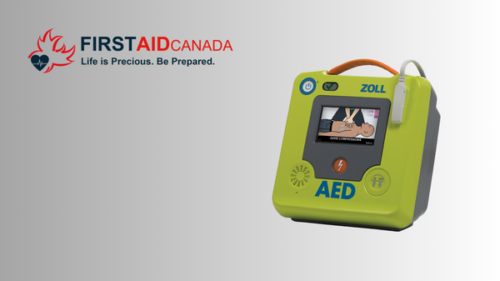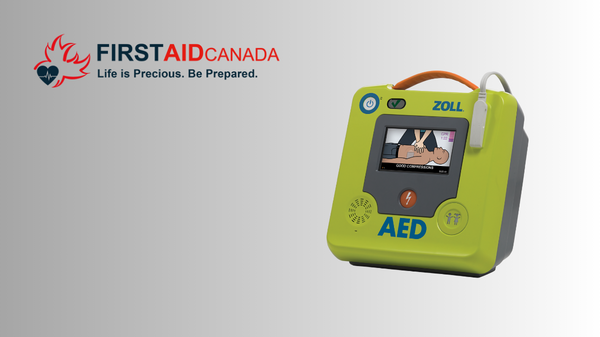
Having a portable defibrillator on site is the first step to saving a life but it doesn’t end there. Did you know creating a routine maintenance program and adhering to that program is the only way to be sure that it is ready to use? Defibrillators are the only item that can reliably help resume normal cardiac function, so it is important that such a device works when you need it. For most office environments, most manufacturers recommend checking your device once a month, making a note of any replacements that are required during the course of the inspection and addressing any issues that may have come up during the device’s self-diagnostic processes. The inspection itself should cover a variety of areas, including checking the battery and pads. Any accessories, such as replacement or alternative pads, should be kept with the machine. Cleaning these items and running any self-diagnostic tests recommended by the manufacturer will go a long way toward keeping your defibrillator in working order and ready to use when it is needed. The last thing you want to happen during a medical emergency is experiencing a low battery. The pads and batteries should be regularly inspected to ensure that they have not expired and are replaced when necessary. Checking the AED every month will also give you an opportunity to address any issues that are indicated by the self-diagnostics, so you have time to correct the problem during a non-emergency situation.
Battery Inspection and Replacement
Batteries should have either a use by or install by date that will provide guidance on when they should be replaced. It is advised you check now and record this date a second time somewhere visible, like a desk calendar or on your office supply and restocking list. A defibrillator’s battery can last anywhere between two and four years, depending on the size, make and model. However, all battery types discharge over time, whether in use or not, so it is essential to check the battery life during each inspection. Usage, such as training with the device, will also need to be considered. Some batteries require discharge before disposal, so you should check the manufacturer’s recommendations for disposal before removing and replacing the battery.
Electrode Pad Inspection and Replacement
Electrode pads should also be inspected and should never be reused. The pads should also have an install by or use by date, and it is essential that they adhere to the skin to properly conduct the electricity needed to provide the life-saving shock that the machine was designed to deliver. Any opened or damaged pads should be disposed of following the manufacturer’s guidelines. Even the slightest bit of water can introduce a significant glitch so it is important these pads are safe and secure alongside the machine. Since portable defibrillators are often stored in public spaces, determining that the unit is intact and has not been tampered with should also be a part of each inspection. The majority of defibrillator malfunctions are preventable with routine maintenance. Creating and maintaining a maintenance schedule are the key to your portable defibrillator being the useful and lifesaving tool it is meant to be.

